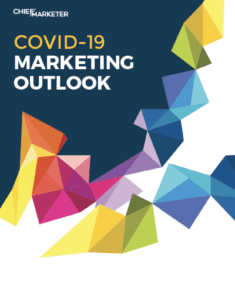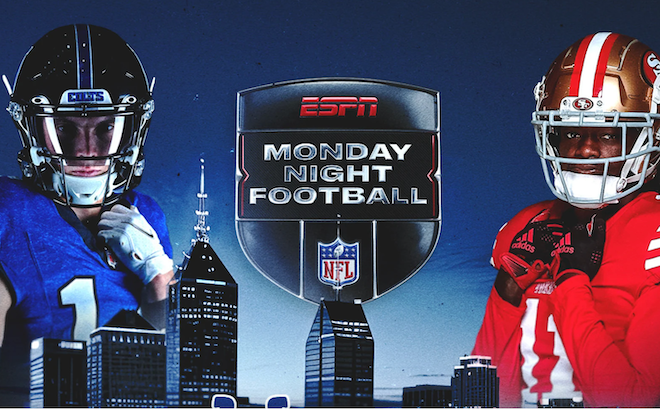 The COVID-19 pandemic has upended the marketing industry as we know it. In the face of what feels like crisis after crisis in recent months, marketing professionals have been tasked with adjusting to a new normal characterized by all-virtual interaction, economic uncertainty and the hyper scrutiny of brand values. Navigating a public health crisis of this magnitude has left the industry searching for ways to remain relevant and continue business as usual.
The COVID-19 pandemic has upended the marketing industry as we know it. In the face of what feels like crisis after crisis in recent months, marketing professionals have been tasked with adjusting to a new normal characterized by all-virtual interaction, economic uncertainty and the hyper scrutiny of brand values. Navigating a public health crisis of this magnitude has left the industry searching for ways to remain relevant and continue business as usual.
But, of course, it’s anything but that. To better quantify the impact of the pandemic on the industry, Chief Marketer set out to answer some of the questions marketers have been asking most during this time of upheaval. As live events eliminated the prospect of interacting with consumers and cultivating business leads, where have marketers turned to engage with customers and prospects? How have marketing budgets been affected as a result of consumer purchasing power being driven exclusively online and reduced? What types of content and messaging are marketers relying on during the pandemic?
We surveyed Fortune 1000 marketers from a wide range of companies and verticals at the start of the pandemic and again in the midst of the fallout. The following research attempts to answer some of those questions while uncovering some interesting insights pertaining to social media marketing, funding allocations and more.
We hope that these insights provide some of the data, analysis and perspective needed to craft your future marketing plans for the remainder of 2020 and beyond. Thank you to our readers, and especially to the survey respondents who took the time out of their hectic schedules to share their thoughts.
EXECUTIVE SUMMARY HIGHLIGHTS
To pinpoint what aspects of marketing have shifted as a result of COVID-19, Chief Marketer surveyed our readership in two waves: first, in February and early March, as the potential effects of COVID-19 were just beginning to appear; and again in late April and early May, when the pandemic’s effects were in full swing. The data revealed some intuitive and surprising insights, from the decline of marketing budgets to the rise of virtual events to the increased reliance on social media for both engagement and conversions. Here’s a snapshot of some of the key findings:
BUDGET DECLINES
Survey data revealed that budgets were dramatically affected by COVID-19. In fact, the number of marketers who said their budgets were increasing in 2020 dropped by 30 percent, from 37 percent in February to seven percent in April and May. Moreover, compared to the first wave, many more marketers surveyed in April and May said their budgets were decreasing—from 14 percent pre-COVID-19 to 55 percent just two months later.
VIRTUAL EVENTS
Prior to COVID-19, the marketing categories requiring the most spend were content marketing, events and paid advertising, according to the surveys. Post-COVID-19, content marketing and paid advertising continued to require the most spend, but event spending dropped significantly among marketers from 41 percent to 22 percent of marketers ranking events in their top three spending categories. However, when respondents were asked where they were reallocating live event spend, nearly half of B2C marketers (44 percent) and more than half of B2B marketers (64 percent) said they were allocating live event spend to virtual events. This points to a major trend within the post-COVID-19 era: virtual engagement.
FUNDING ALLOCATIONS AND UNCERTAINTY
When examining which budget categories would receive more funding in 2020 compared to the year prior, there was consistency between the two waves. Content marketing, paid advertising and SEO were the top three choices for both time periods. However, Martech spending declined from 17 percent of marketers placing it in their top three to just eight percent post-COVID-19. Moreover, 25 percent of marketers surveyed in the second wave said they were not certain which line items would receive more spend in 2020. It is significant that a quarter of marketers surveyed post-COVID-19 were unsure of where and how to spend their budgets.
SOCIAL MEDIA USE
Social media marketing has risen in importance during the pandemic. LinkedIn, Facebook and Instagram were the most effective social media channels for marketers both before and after COVID-19, with Twitter and Instagram experiencing the largest increases. But while both surveys indicated that marketing handles the majority of social media management, there was an uptick in the number of marketers who are using a dedicated social media team in the post-COVID-19 era. This points to a growing need for more digital and social media skills in marketing organizations moving forward.
To access the full report, complete the form below.




